Dentil molding is a classic architectural feature that adds style and character to any home or building. It is a type of decorative trim consisting of small, evenly spaced blocks (known as dentils) along the edge of a larger molding.
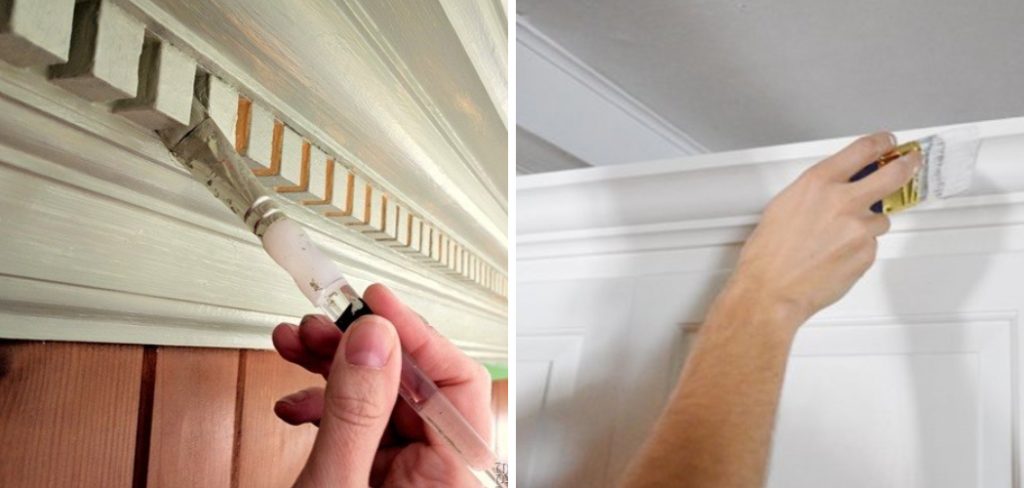
While it may seem intricate, painting dentil molding can be easily accomplished with the right tools and techniques. This guide will take you through the step-by-step process of how to paint dentil molding to give your home a fresh and updated look. If dentil molding in your home is currently unpainted or needs a touch-up, this guide is for you!
Understanding Dentil Molding
Before we dive into the process of painting dentil molding, it’s important to understand the purpose and function of this type of trim. Dentil molding is not just for decorative purposes but also as a functional architectural element.
The blocks or “dentils” along the edge of the molding were originally designed to mimic the look of evenly spaced tooth-like projections found on the underside of classical Greek cornices. These projections were meant to add strength and stability to the structure.
Today, dentil molding is commonly used as a decorative element in homes and buildings, but it still serves its original purpose of providing support for larger moldings or structures.
Tools and Materials You Will Need to Paint Dentil Molding
- Paint (color of your choice)
- Primer (if necessary)
- Paintbrushes (small and medium-sized)
- Painter’s tape
- Drop cloth or plastic sheeting
- Sandpaper (medium grit)
- TSP cleaner or mild detergent
- Sponge or cleaning cloth
- Ladder or stepstool (if necessary)
Step-by-step Guidelines on How to Paint Dentil Molding
Step 1: Prepare the Surface
The first step in painting dentil molding is to prepare the surface. This involves cleaning any dirt, grease, or debris that may be present on the trim. Use TSP cleaner or a mild detergent mixed with water and a sponge/cleaning cloth to wipe down the surface.
Next, use medium grit sandpaper to lightly sand the surface of the molding. This will help remove any rough spots or imperfections and create a smooth surface for the paint to adhere to. Preparing the surface is crucial for achieving a professional-looking finish.
Step 2: Protect Surrounding Surfaces
Before you start painting, make sure to protect any surrounding surfaces that you don’t want to get paint on. Use painter’s tape to cover the edges and corners of walls or other areas near the molding.
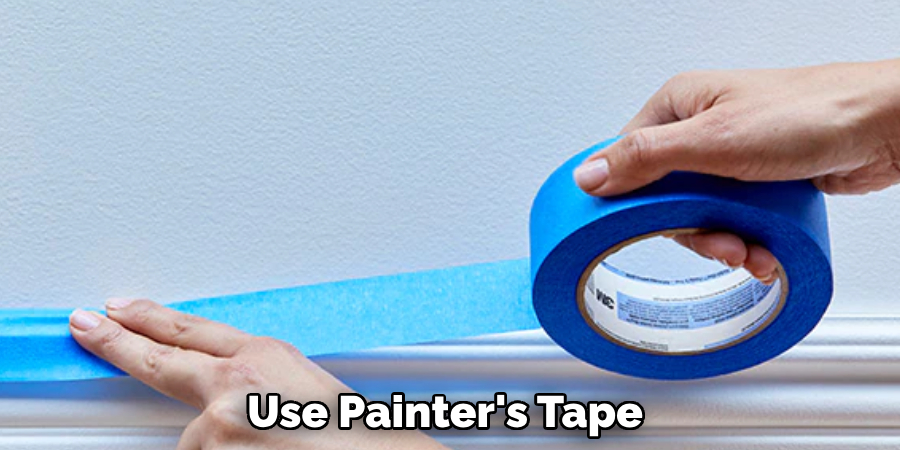
Lay down a drop cloth or plastic sheeting on the floor to catch any drips or accidental spills. If necessary, use a ladder or step stool to reach higher areas of the molding. This will ensure that your paint job remains neat and tidy.
Step 3: Apply Primer (If Necessary)
If the dentil molding is unpainted or has dark/stained areas, apply a coat of primer before painting. This will help the paint adhere better to the surface and provide a more even finish. Choose a primer suitable for the type of paint you will be using, and follow the manufacturer’s instructions for application. If the molding has already been painted, skip this step.
Step 4: Start Painting
Once the surface is prepared and protected, it’s time to start painting! Use a small paintbrush to carefully paint the dentils first. Make sure to apply an even coat of paint and cover all surfaces. Next, use a medium-sized brush to paint the larger areas of the molding, such as the top and bottom edges. Take your time and be careful not to get any paint on surrounding surfaces or drip onto the floor.
Step 5: Allow the Paint to Dry
It’s important to follow the recommended drying time for your chosen type of paint, which can range from a few hours to overnight. Once the first coat is completely dry, you can apply a second coat if necessary. Make sure to let each coat dry fully before applying the next one. Also, make sure to paint any missed spots or touch up any areas where the primer may have shown through.
Step 6: Remove Tape and Clean Up
Once the final coat of paint is dry, carefully remove the painter’s tape from the edges. If there are any small spots or drips on surrounding surfaces, use a wet cloth to clean them up immediately. Allow the paint to fully cure before touching or handling the molding. You can also touch up any areas with a small paintbrush if needed.
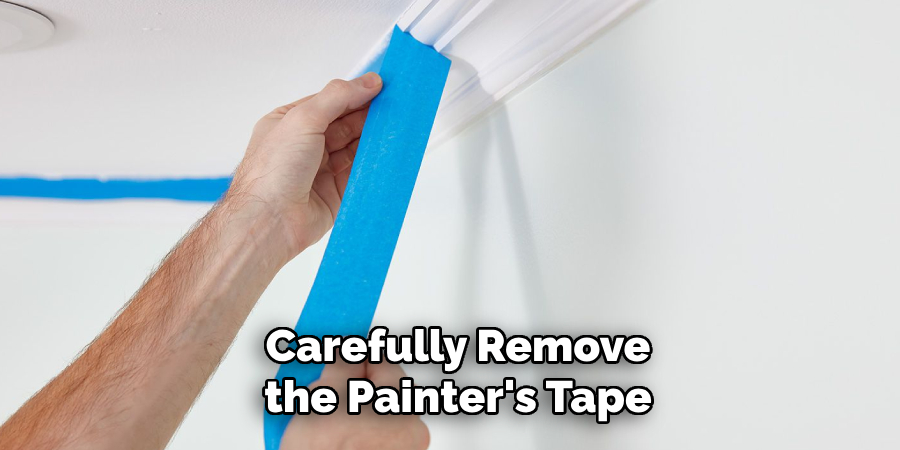
Following these simple steps will result in beautifully painted dentil molding that adds charm and character to your home. Painting dentil molding can be an easy and rewarding DIY project with the right tools, materials, and techniques. So go ahead and give your home’s trim a fresh new look!
Additional Tips and Tricks to Paint Dentil Molding
1. When painting dentil molding, choosing the right type of paint is important. Oil-based paints are more durable and have a smoother finish, while water-based paints are easier to clean but may require multiple coats.
2. Before painting, make sure to thoroughly clean the dentil molding with a mixture of warm water and mild soap. This will remove dirt or grime and ensure the paint adheres properly.
3. Apply the paint using a high-quality paintbrush or foam roller. This will help achieve a smooth and even finish on the intricate details of the molding.
4. For best results, it’s recommended to prime the dentil molding before painting. This will help seal any imperfections and provide a better base for the paint to adhere to.
5. When painting, always start at the top of the molding and work your way down. This will prevent any drips or spills from ruining an already-painted area.
6. It’s also important to use light and thin coats of paint when painting dentil molding. This will prevent the paint from dripping or pooling in between the intricate details.
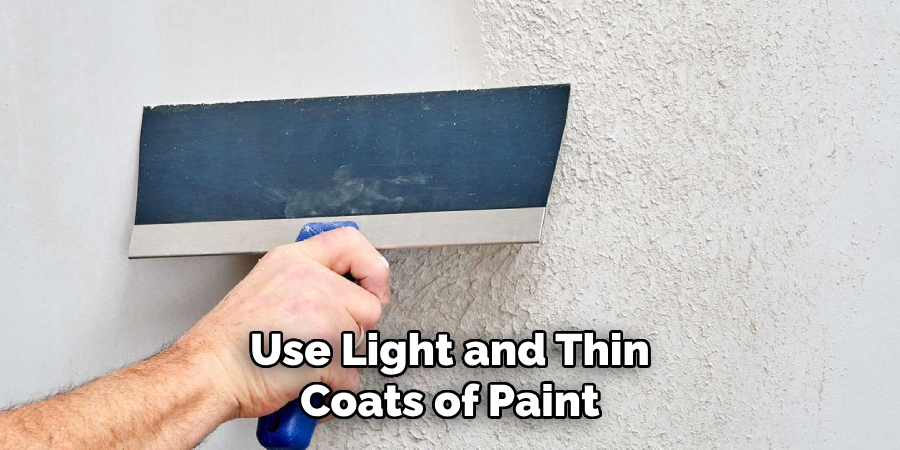
7. If you’re using a darker color for your dentil molding, consider using a tinted primer that matches the final color. This will help achieve a more even and vibrant finish.
8. To prevent the paint from drying too quickly, working in small sections and blending each section together seamlessly is recommended.
9. Consider using a small artist’s brush or even a toothpick to paint the details carefully for intricate or hard-to-reach areas. This will ensure that every nook and cranny is properly coated.
10. Finally, always allow enough time for the paint to dry fully before applying a second coat. This will help prevent smudging or unevenness in the finish.
With these additional tips and tricks, you can achieve a flawless and professional-looking finish when painting dentil molding. Remember to take your time and patience, as painting such intricate details requires more effort and precision. But the end result will be well worth it! So go ahead and give your home an extra touch of elegance with a fresh coat of paint on your dentil molding. Happy painting!
Things You Should Consider to Paint Dentil Molding
1. The first thing to consider when painting dentil molding is the type of paint you will use. Choosing high-quality, durable paint that will not easily chip or peel over time is important. Consider using a primer before painting, especially if the molding is made of wood.
2. Another important factor to consider is the color of the paint. This will depend on your preference and the overall aesthetic you want in your space. Choose a color that complements or contrasts with the walls and other elements in the room.
3. Before beginning to paint, ensure the dentil molding is clean and free of dirt or dust. This will ensure that the paint adheres properly and creates a smooth finish.
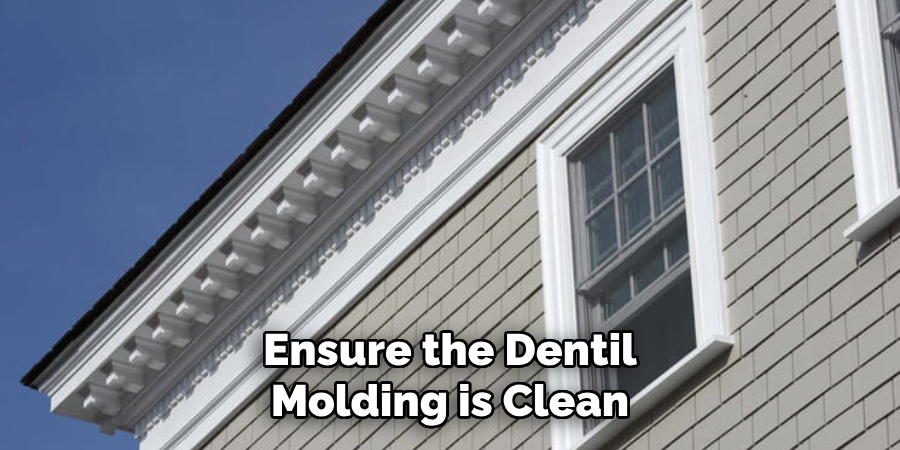
4. Painter’s tape can help protect surrounding surfaces, such as walls or floors, from being accidentally painted. It will also help create clean, sharp lines between the molding and other elements in the room.
5. When applying the paint, start with a small brush to get into all of the intricate details of the dentil molding. Once these areas are covered, you can use a larger brush or roller for quicker application on the rest of the surface.
6. Consider using multiple thin coats of paint rather than one thick coat. This will help prevent drips and create a more even finish.
7. Allow the paint to dry fully between coats, following the recommended drying times on the paint can.
8. Consider adding a protective sealant or topcoat Once all coats have been applied and the paint is completely dry. This will further protect the molding from wear and tear and can also add a glossy or matte finish, depending on your preference.
9. Finally, be sure to clean up any paint spills or drips immediately before they can dry and become difficult to remove.
Following these considerations and taking your time with the painting process will ensure a beautiful, professional-looking finish on your dentil molding. Remember to always follow the instructions on your chosen paint and materials for the best results. Happy painting!
Maintenance Tips for Painted Dentil Molding
1. Regular Cleaning:
Like any other part of your home, painted dentil molding needs regular cleaning to maintain its appearance and prevent the buildup of dirt and grime. It is recommended that the molding be cleaned at least once a month with a soft cloth or feather duster to remove any dust or debris that may accumulate on it. You can use a mild soap solution for tougher stains and gently scrub the affected area with a soft brush.
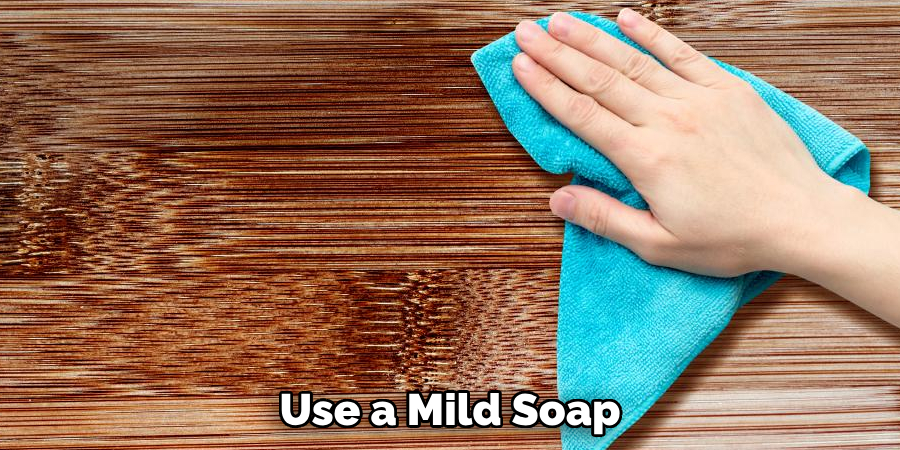
2. Protect from Moisture:
Painted dentil molding is prone to damage from moisture, as it can cause the paint to peel or chip. To prevent this, ensure the area around the molding is properly sealed, and there are no leaks or water seepage. It is also important to monitor the humidity levels in your home and use a dehumidifier if necessary. If you notice any signs of moisture damage, it is best to address them immediately to avoid further damage.
3. Inspect for Damage:
Regularly inspect the painted dentil molding for any signs of damage, such as cracks, chips, or peeling paint. These issues should be addressed and repaired as soon as possible to prevent them from worsening and potentially causing more extensive damage. It is also important to check for any loose or missing pieces of the molding and have them fixed or replaced promptly.
4. Touch Up Paint:
Over time, painted dentil molding may experience wear and tear due to its exposure to sunlight, moisture, and other elements. To keep it looking fresh and well-maintained, it is recommended to touch up the paint every few years.
This will improve its appearance and help protect it from further damage. Make sure to use high-quality paint and follow proper painting techniques for best results.
5. Avoid Harsh Cleaning Products:
When cleaning painted dentil molding, it is important to avoid using harsh chemical cleaners or abrasive materials as they can damage the paint and the molding itself. Stick to mild soap solutions and soft cloths or brushes for gentle cleaning. If you are unsure about a particular product’s suitability for molding, test it on a small, inconspicuous area before using it on the entire surface.
6. Consider Professional Maintenance:
If your painted dentil molding is in need of extensive repairs or maintenance, seek professional help. Experienced contractors or painters will have the necessary skills and knowledge to properly assess and address any issues with your molding, ensuring that it remains in good condition for years to come. They can also provide valuable advice on the best ways to maintain and care for your specific type of painted dentil molding.
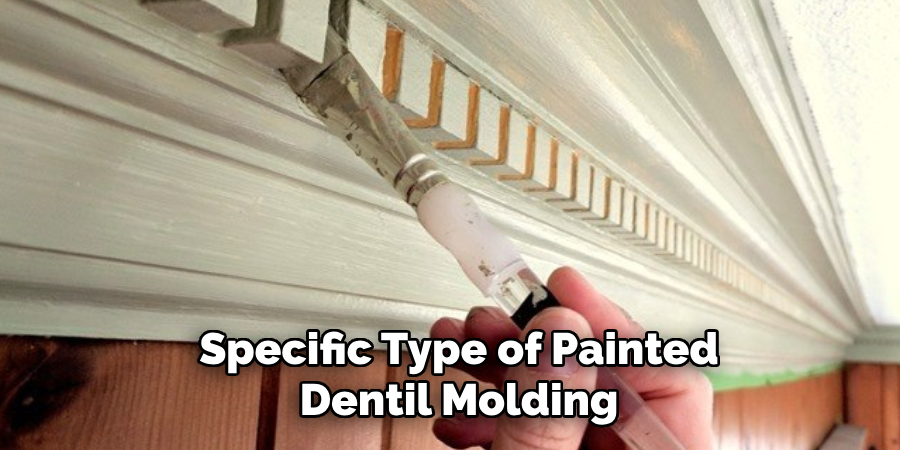
Following these maintenance tips for painted dentil molding can help prolong its lifespan and keep it looking beautiful in your home. With regular cleaning, protection from moisture, and prompt repairs when needed, you can ensure that your painted dentil molding remains a standout feature in your home’s design.
By taking care of this small but important detail, you can preserve your home’s overall look and value. Remember, a little maintenance can go a long way in keeping your home looking its best. So don’t neglect your painted dentil molding; remember these tips for happy and healthy home maintenance!
Frequently Asked Questions
What is Dentil Molding?
Dentil molding is a type of decorative trim featuring evenly spaced blocks or “teeth” along the bottom edge. It can be made from various materials, such as wood, polyurethane, or even metal. Dentil molding is commonly used in traditional or classic architectural styles, adding visual interest and depth to a building’s exterior or interior.
Why Would Someone Want to Paint Dentil Molding?
Painting dentil molding can enhance its appearance and protect it from wear and tear. It also allows for color customization to match the existing color scheme of a room or building. Additionally, painting can help to cover up any imperfections or damage to the molding.
Can Dentil Molding Be Painted?
Yes, dentil molding can be painted. However, the type of material it is made from may affect the method and products used for painting. For example, wooden molding may require sanding and priming before painting, while polyurethane or metal molding may only require light cleaning and direct paint application.
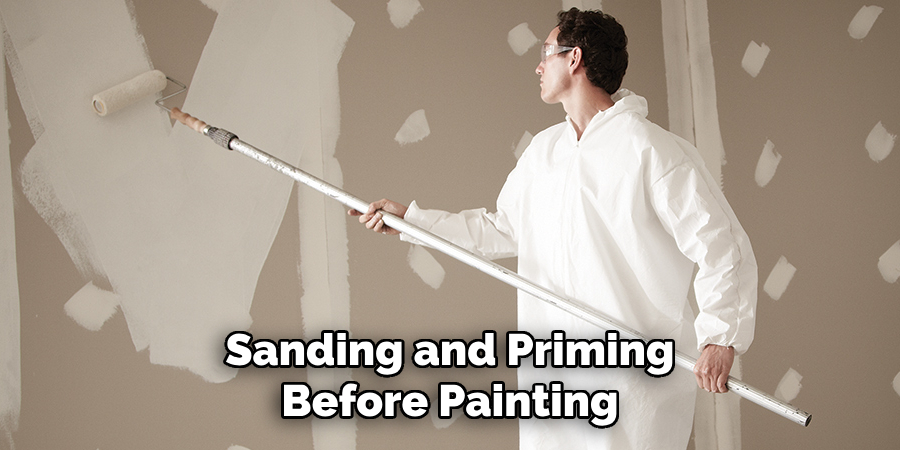
What If My Dentil Molding is Already Painted?
If your dental molding is already painted and you want to change the color, you must properly prepare the surface before painting. This may involve sanding or stripping off the existing paint, depending on its condition and the type of material it was originally painted on.
What Kind of Paint Should I Use for Dentil Molding?
The type of paint used for dentil molding will depend on the material it is made from. For wooden molding, a high-quality latex or oil-based paint is recommended for its durability and ease of application. Specialized spray paint may be more suitable for polyurethane or metal molding. Always choose a paint that is specifically designed for the material you are painting on.
How Can I Achieve a Professional Finish?
Proper preparation and technique are key to achieving a professional finish when painting dentil molding. Make sure to clean and sand the surface before painting, and use thin coats of paint to avoid dripping or streaking. Using a small, angled brush for more precise painting may also be helpful.
Conclusion
Now you know how to paint dentil molding and can confidently tackle this DIY project in your home. Remember to choose the right paint for your molding material and take the time to properly prepare and apply the paint for a flawless finish.
With a fresh coat of paint, your dentil molding will surely add even more charm and character to your space. So, go ahead and give it a try! Happy painting!
About the Author
Adrian Green, a lifelong woodworking enthusiast, shares his passion for the craft through The Woodenify Blog. With a foundation built on years of hands-on experience in his father’s woodworking shop, Adrian is dedicated to helping others learn and grow in the world of DIY woodworking. His approach to woodworking combines creativity, practicality, and a deep appreciation for the art of building with your own hands. Through his blog, he inspires individuals of all skill levels to embark on their own woodworking journeys, creating beautiful, functional pieces of furniture and décor.
Professional Focus
- Specializes in DIY woodworking projects, from furniture to home décor.
- Provides step-by-step guides and practical tutorials for woodworkers of all skill levels.
- Dedicated to helping readers build confidence and skill through easy-to-follow instructions and tips.
- Passionate about fostering a community of makers who can share, learn, and grow together.
Education History
- University of Craft and Design – Bachelor of Fine Arts (BFA) in Woodworking and Furniture Design
- Woodworking Apprenticeships – Extensive hands-on training with skilled craftsmen to refine carpentry and furniture making techniques.
- Online Courses & Masterclasses – Continued education in advanced woodworking techniques, design principles, and specialized tools
Expertise:
- DIY woodworking, carpentry, furniture making, and home décor projects.
- Creating accessible tutorials and guides for beginner to advanced woodworkers.
- Sharing the joys and satisfaction of woodworking, from raw materials to finished products.
